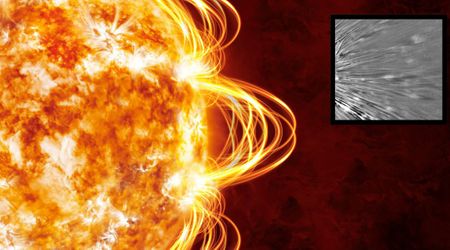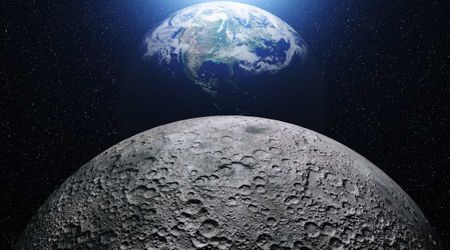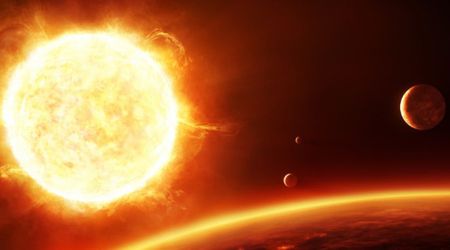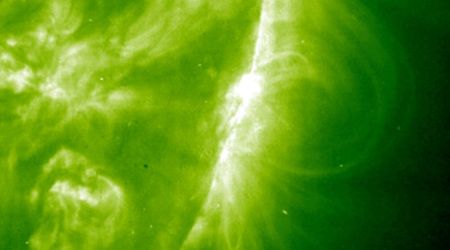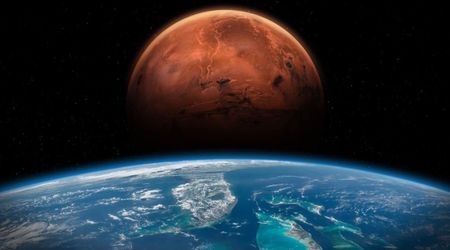Mercury, Moon and Gemini twins aligned for rare viewing opportunity in June

Stargazers have a rare opportunity to spot Mercury, the solar system's innermost planet, as it continues to grace the evening sky till early July. This viewing window, which started on June 20 and has already held the lineup of the Moon, Mercury and the Gemini Twins, is particularly favourable for those hoping to catch a glimpse of this elusive planet, which is often obscured by its proximity to the Sun, as reported on Space.com.

Unlike its typically fleeting appearances, Mercury's extended visibility has been a delight to stargazers this month. The planet will reach its greatest elongation from the Sun on July 4, allowing it to ascend higher above the west-northwest horizon. While past winter viewings have benefited from darker skies, the longer twilight hours of early summer will mean observers will see Mercury against a brighter backdrop. On June 20, Mercury outshone even Arcturus, one of the brightest stars in the northern sky, at a magnitude of -0.2. By July 3, while it will dim slightly to +0.5, it will still rank among the top ten brightest stars, making it visible approximately 45 minutes to an hour after sunset.

Mercury was involved in two significant celestial alignments this week, creating compelling viewing opportunities for enthusiasts. On Tuesday evening, June 24, Mercury formed a near-straight line with the prominent twin stars of Gemini, Pollux and Castor. Mercury, significantly brighter than both stars, was positioned about 6.5 degrees to the left of Pollux. While Mercury itself was visible to the naked eye, binoculars were highly recommended to discern the fainter Pollux and Castor amidst the lingering twilight.
Two nights later, on June 26, a delicate crescent Moon, only 3% illuminated, joined the celestial tableau. Binoculars proved to be invaluable for locating this exceedingly slender lunar silver, as well as Pollux and Castor. This alignment showcased a "triple play," with the moon and Pollux separated by roughly 4.5 degrees, mirroring the distance between Castor and Pollux. Furthermore, Mercury resided just over 4.3 degrees to the left and slightly above the Moon, forming an extraordinary quadruple grouping of the Moon, Mercury, Pollux, and Castor, stretched across about a dozen degrees of the west-northwest sky, as mentioned by the outlet. Such multi-object alignments are infrequent and highly rewarding for enthusiasts and casual observers alike.

June is often characterized by hazy and humid conditions, and these factors may potentially hinder the visibility of Mercury in the coming days. For those who missed the incredible and rare celestial lineup, Mercury will transition into the morning sky by July 31, offering another chance for early risers in August. On August 19, about an hour before sunrise, Mercury will reach its highest point, sharing the pre-dawn sky with the "dynamic duo" of Venus and Jupiter. Furthermore, the moon will once again join Pollux and Castor on August 20 and 21, completing yet another compelling celestial gathering for eager observers.
What’s Up for June? 🌌
— NASA JPL (@NASAJPL) June 2, 2025
This month, you can spot Saturn, Venus, Mercury, and Mars. Plus, find some dark skies to observe the Milky Way, and celebrate the summer solstice in the Northern Hemisphere on June 20.
More skywatching tips: https://t.co/hS3XdwbwiS pic.twitter.com/vLztMoFgVZ
